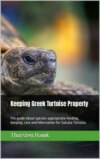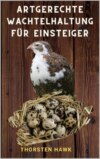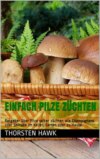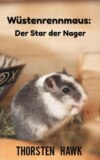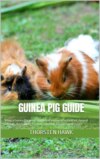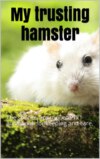Kitabı oku: «Keeping Greek Tortoise Properly», sayfa 2
2. Characteristics of a Greek tortoise
Class: reptiles (creeping animals) body/shell length: up to 25 cm
Life expectancy: 50 years Distribution: Greece, Italy, Spain, Balearic Islands, southern France, Bulgaria, coastal region of former Yugoslavia, Romania, Albania, Turkey Habitat: prefers translucent forests and dune landscapes Habitat: diurnal Species: highly endangered according to the EU Family: Testudinidae (tortoises) Genus: Testudo (European Tortoises)
Look
The Greek tortoise can reach a size of 25 cm up to 2.5 kg. On average, however, most are 20 cm and weigh 1.5 kg. The carapace is oval and clearly curved. The tail shield is divided and has a rather yellowish base color. The front areas are then usually colored black. However, the color strength varies from turtle to turtle. The entire soft tissue area is yellow/grey/brown. In young animals also usually a little darker. The belly armor is also yellowish and mostly has black spots that look like they are merging into stripes. In contrast to the females, males usually have a longer tail with horn nails and a belly armor that is more concave.
offspring and rearing
In order for the tortoises to reproduce successfully, it is necessary for the animals to hibernate. During the mating season, the males drive the females away with bites and bumps in order to mount them safely. The females are then able to lay 2-11 eggs. If the turtles are happy and healthy, they lay eggs about twice a year. At a humidity of between 70% and 90% and a temperature of between 26 and 32° C, the babies hatch from the eggs after 54 days at the earliest and after 73 days at the latest .The turtle offspring is then about 30 mm long and weighs no more than 10/15 grams.
lifestyle and behavior
Greek tortoises are most active between March and November, depending on where they come from. They then go into hibernation from December to February. They prefer to live in open forests, on meadows, in dune landscapes near the sea or on slopes. But they have also been spotted in other places.
They are most active in the mornings and afternoons, but during the hot summer days they are more active in the early mornings and evenings. At midday they prefer to avoid the sun, dig in or look for another, sheltered spot.
To sleep at night or to hibernate, tortoises prefer a place where they are protected and feel safe, which can be in burrows in tree roots or underground.
communication and sensory performance
The Greek tortoise has very good eyesight and sense of smell. This is not only very helpful for them when looking for food, but they also find their way to the females. The smallest ground vibrations can be perceived well and, above all, early enough so that you can quickly identify a possible danger.
Before the females lay their eggs, they use their very keen sense of smell to look for a suitable place to lay the eggs. They also dig frequently to check the condition of the soil. During mating and immediate mounting, hoarse and squeaking sounds can be heard from the male.
nutrition
Greek tortoises are vegetarian from the ground up. Various wild herbs such as stinging nettles, dandelion, clover, but also a dozen other varieties are best suited for this. Fruit and vegetables should be avoided as this can lead to health problems in the long run.
Alternatively, hay can be offered in the autumn. Turtles only drink water, so it is vital for them that you have fresh drinking water available at all times. If you notice that the turtle is drinking a lot of water, it can be a sign of illness and should be checked better.
attitude
Tortoises are very sensitive when it comes to stress, so it is essential that they are given an outdoor enclosure, a generous spot in the garden or an area in the greenhouse where they will not be constantly relocated. The enclosure should have adequate sunlight and high humidity levels, as air that is too dry could damage the tank.
In addition to sufficient space, the animal should also have hiding places in the form of bushes, shrubs, stones or caves. Places where they can dig deep are also very popular. The turtles should also be provided with food and fresh water on a daily basis.
If there are several animals, it should be noted that at least three females should be kept for two males so that there is no power struggle in which the animals may injure themselves and cause unnecessary stress. The area here must be at least 10 m2.
Should there be a situation in which it is unavoidable to keep the animal indoors or in a terrarium, strong UVB lighting must not be dispensed with and is vital for the well-being of the turtle.
The animals also need their several months of hibernation, which should always be controlled and take place at a constant temperature. Breeders even have to document the hibernation in the form of a photo.
Ücretsiz ön izlemeyi tamamladınız.
